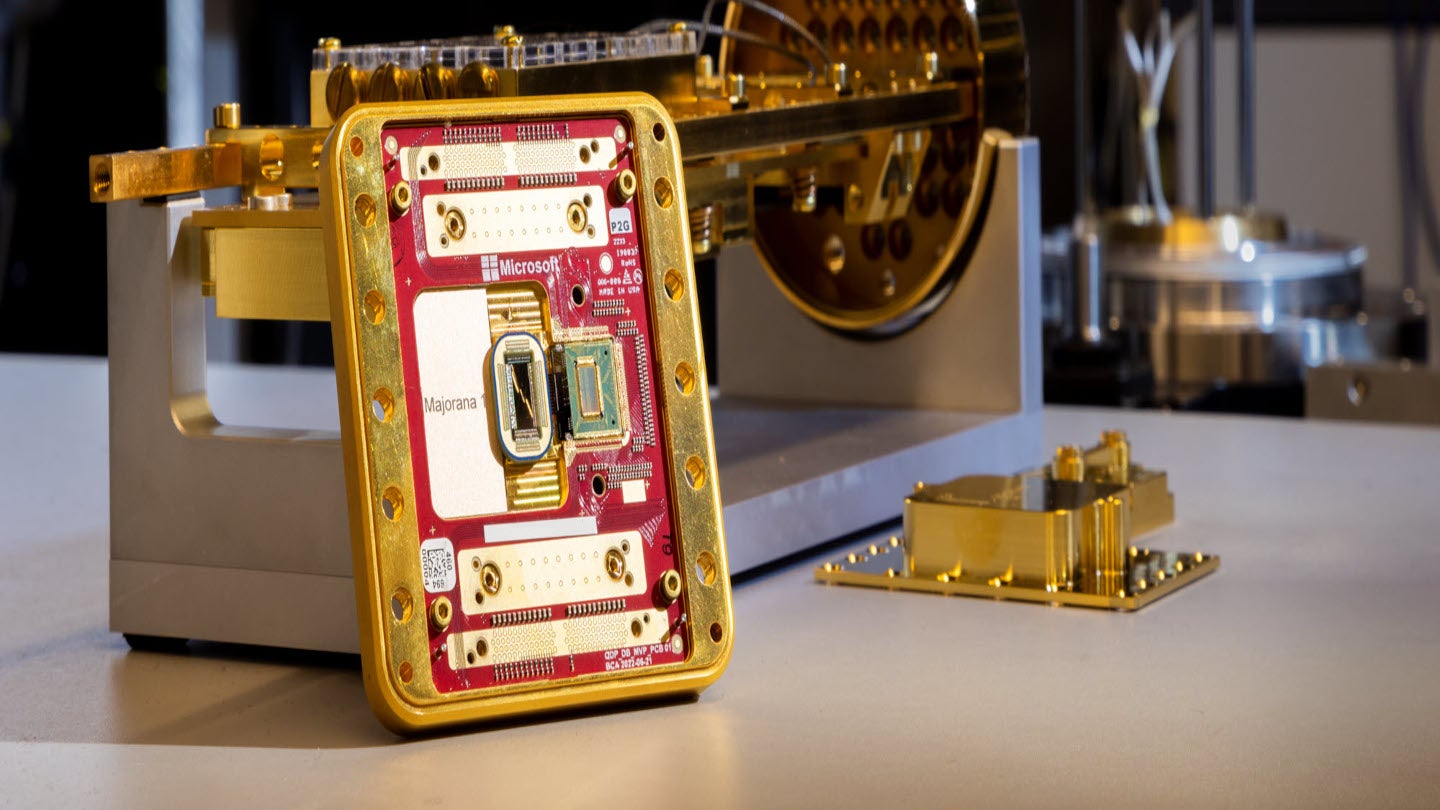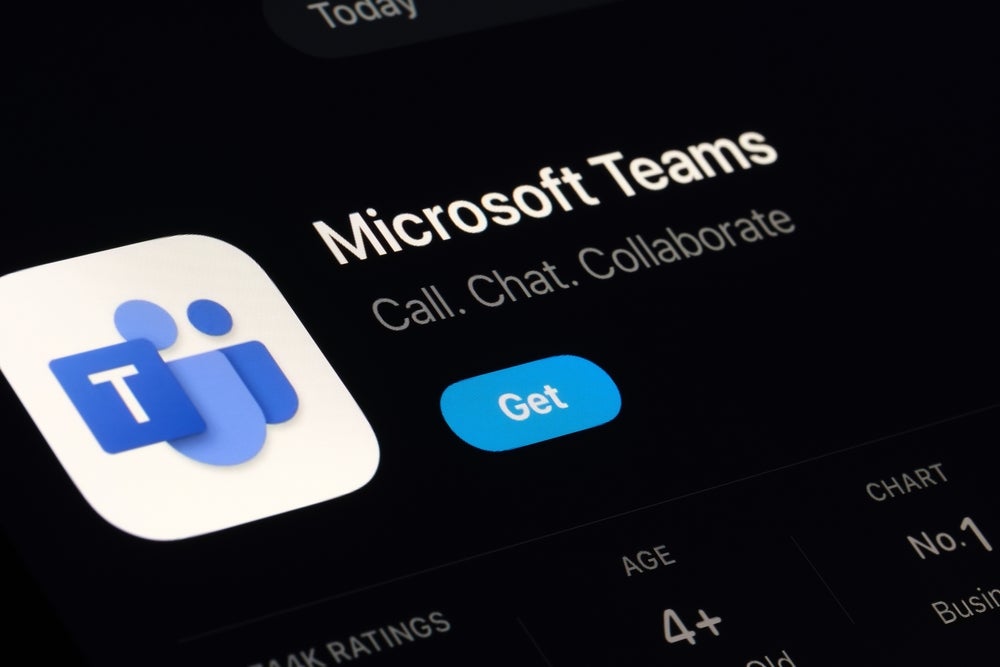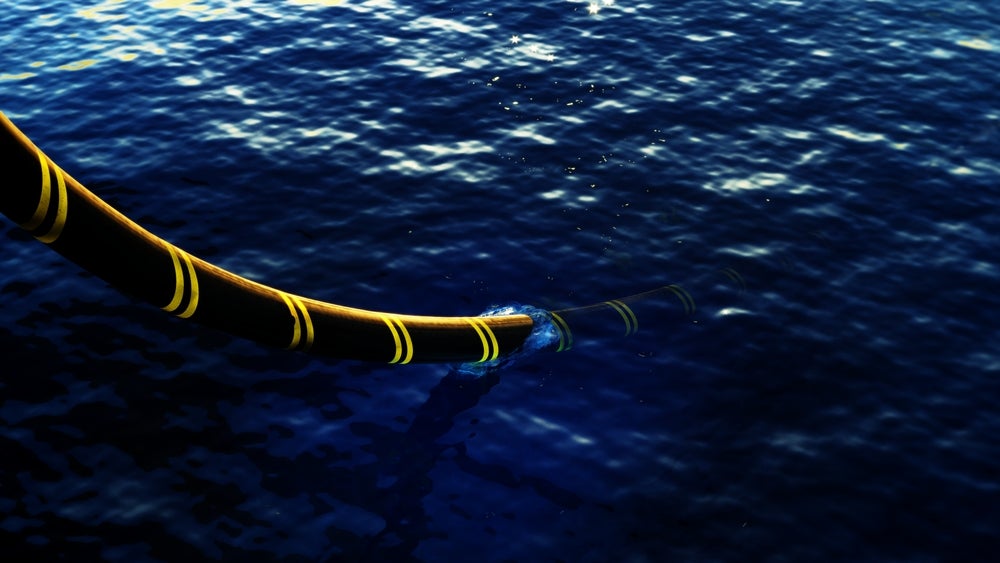
Microsoft has launched Majorana 1, an eight-qubit chip powered by Majorana zero modes, marking a potential “breakthrough” in quantum computing.
The chip’s architecture, based on these quasiparticles, is touted by Microsoft as a key to building large-scale quantum computers, offering reduced error susceptibility compared to other quantum circuits.

Access deeper industry intelligence
Experience unmatched clarity with a single platform that combines unique data, AI, and human expertise.
The Majorana 1 chip represents the culmination of nearly two decades of research by Microsoft. Quasiparticles are a group of particles that behave like single particles. These are used in the chip to represent ones and zeros for calculations.
Processing is executed by topological qubits, combining semiconducting and superconducting materials.
Each qubit in Majorana 1 is centred around a nanowire made from indium arsenide, a superconducting alloy, connected to aluminium.
By cooling the aluminium to near absolute zero, superconductivity is induced in the nanowire, allowing electric current to pass without energy loss.

US Tariffs are shifting - will you react or anticipate?
Don’t let policy changes catch you off guard. Stay proactive with real-time data and expert analysis.
By GlobalDataOnce the qubit becomes superconductive, electrons begin to form at the interface between its indium arsenide nanowire and aluminum component. The majority of these electrons pair up to form Cooper pairs.
When there is an odd number of electrons, the unpaired surplus electron moves into the nanowire. This excess particle then transforms into Majorana zero modes, the quasiparticles that Microsoft’s quantum chip uses for processing.
The chip’s qubits consist of two nanowires linked by a third wire, adjacent to a quantum dot. This dot, a small semiconducting crystal, is crucial for reading data.
Changes in the qubit’s capacitance, caused by the creation of Majorana zero modes, are measured by projecting microwaves onto the quantum dot and evaluating how they bounce back.
The Majorana 1’s architecture is claimed to offer enhanced reliability, addressing the high error rates of current quantum chips.
Microsoft’s topological qubits are claimed to have a significantly lower error frequency, occurring once every millisecond.
The chip’s design supports future scalability, with Microsoft indicating a path to fitting 1 million qubits on a single chip, potentially outperforming existing quantum machines.
Microsoft stated that its quasiparticle-powered qubit architecture “offers a clear path to fit a million qubits on a single chip” in the future, paving the way for significant advancements in quantum computing capabilities.
In January 2025, Microsoft integrated China’s DeepSeek R1 AI model into its Azure cloud and GitHub platforms, expanding Azure’s portfolio to more than 1,800 AI models for developers and businesses.







